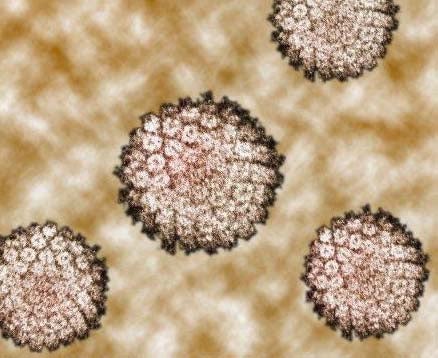So yes, the
fact that we've been able to sequence the genomes of tumors has made us
realize they're much more complex than we ever knew. But we are also
slowly starting to develop more genetically targeted therapies – the
trouble is, so far these are only targeted at cancers that don't affect a
huge number of people.
 Expand
Expand
According
to Weinstock, the Dana Farber Cancer Institute has a program called
"Profile," which involves looking for a list of commonly mutated genes,
to see if those genes are mutated in someone's specific cancer.
Eventually, he'd like to see more of the common mutations sequenced and
identified, so "we'll be able to say exactly what genes are defective in
someone's tumor." Image via Andres Perez.
And once
you know what mutations someone has, you can probably figure out which
signaling pathways are affected by those mutations, and target those,
says Weinstock. For example, if you know someone has a problem with a
particular gene, you may know that you can use a specific type of
kinase-inhibitor on that patient, to block the enzymes that are
involved.
For
example, says White, we now have drugs that specifically address
mutations in the EGFR receptors. If you happen to have that specific
type of cancer and you take the drugs that block those receptors, "the
tumors just melt away." Also, there's herceptin for some breast cancers,
TKI inhibitors for renal cancer, or MDV3100 for prostate cancer.
"These
[drugs] are driven against molecular events," says White. There's also
been a shift in the mindset of drug companies, which used to prefer
cancer drugs that could be aimed at a wide swathe of patients, to sell
lots of drugs. Now, companies are learning that drugs that are very
specifically targeted at one relatively tiny population of cancer
patients can still make plenty of money.
"I would
anticipate the number of drugs we have 50 years from now will be
astronomically larger than today, and those drugs will be used in a much
more targeted fashion," says Sartor. Instead of a single treatment for
breast cancer, we'll differentiate it into "100 different types," each
with its own therapy.
"It wasn't
very long ago [that] Steve Jobs spent $60,000 having his cancer
sequenced," says White. But by next year, there will be a machine
available that will do the same thing for $1000 a pop.
No comments:
Post a Comment